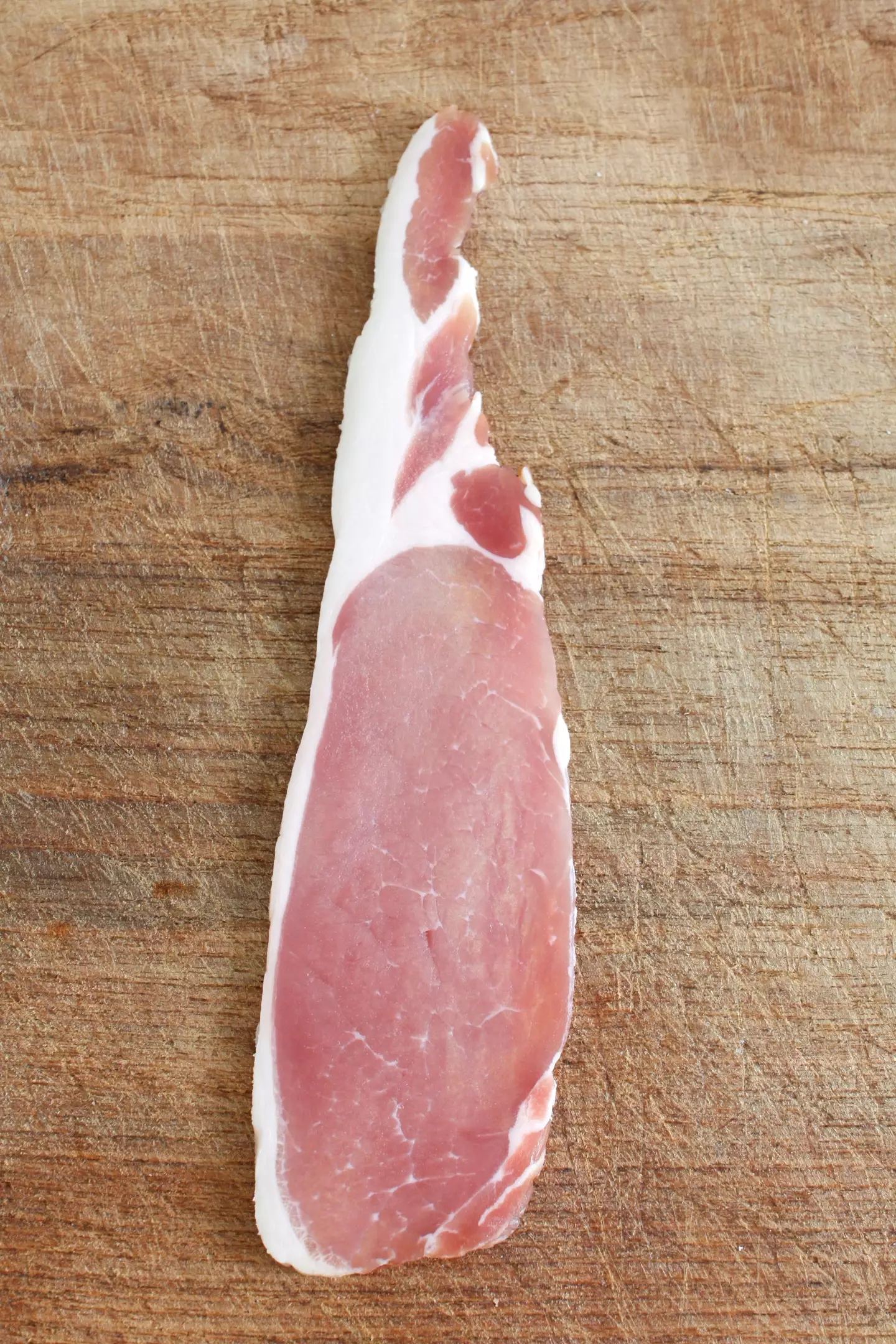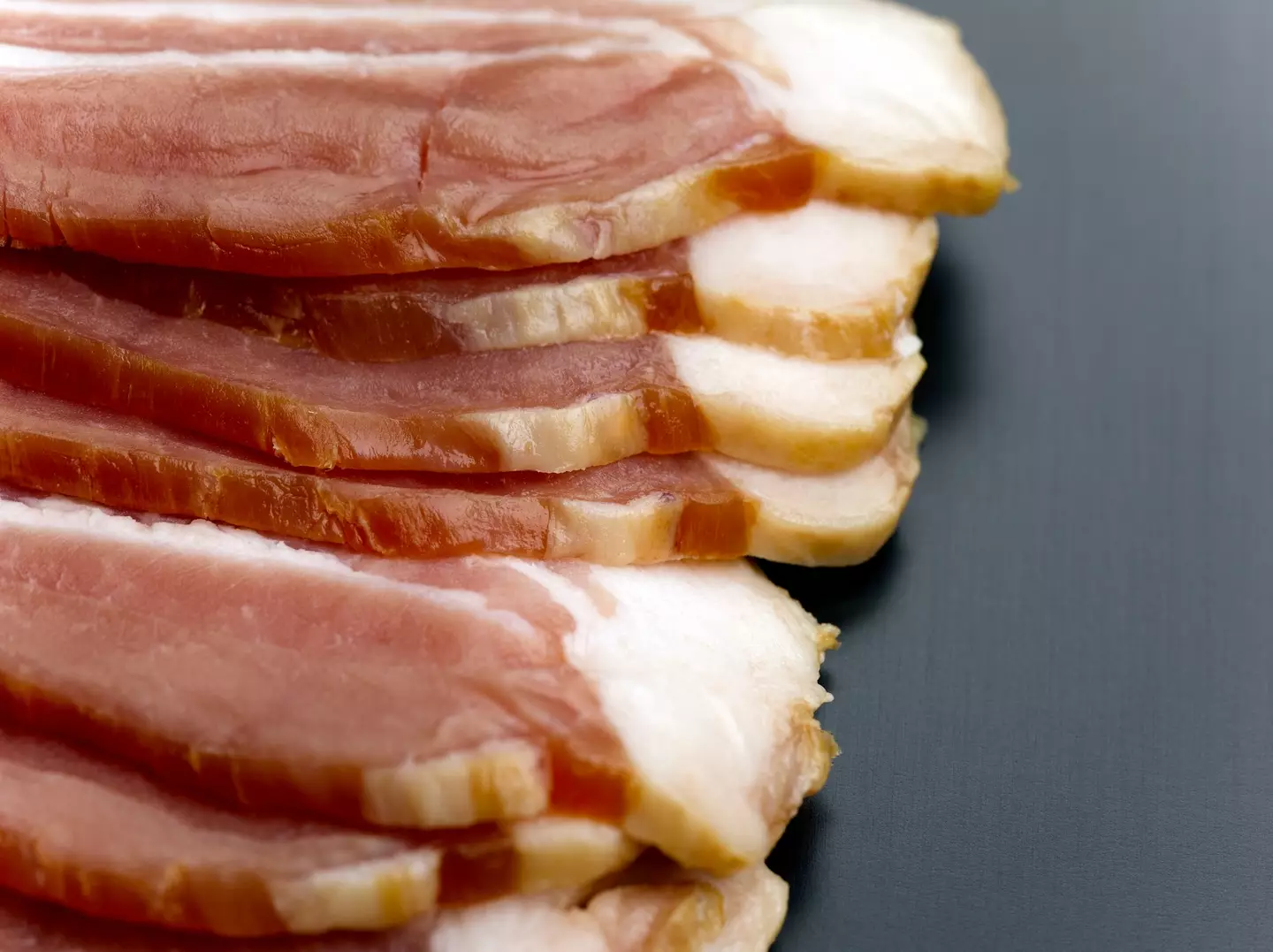
Even the most cold-blooded meat-eaters out there will think twice about eating meat that’s got a greeny-blue sheen on parts of it, but in some cases it’s actually no cause for concern.
At least, as far as bacon is concerned.
If you’ve ever thrown out a pack of bacon because you noticed it had a shiny, green hue, it’s fair enough that you thought it had gone off.

Advert
But where bacon is concerned, that green-blue situation isn’t always a bad sign.
If you’ve never encountered this phenomenon before, the colouration can look a little like the sheen from spilled motor oil.
However, there’s a very good reason why this sheen might appear, and it’s not because it’s rotting.
"I opened it this morning, and the bacon looks kind of green,” said one Redditor who encountered the strange colouring.
Advert
"But only from a certain angle, almost like it's iridescent! From the left, it looks regular pinkish red, meat colour. But then I lean to the right, and it has this green shine."
As other Redditors were quick to explain, the answer is actually around how it’s been preserved.
Bacon generally has a decent shelf life, and that’s because it’s typically cured with salt and nitrate.
Tender Belly, a pork butchers, explains that there are two ways of curing bacon.
Advert

Dry curing is the typical method, and it’s achieved by rubbing the meat with salt, seasoning, and nitrates that will keep it fresh.
From there it’s left for a week to cure, and then it’s rinsed before being left in a smoker or an oven to dry.
Odds are that the bacon you’ve bought is raw, and that’s preserved via a method called ‘wet curing’.
Advert
"Because wet curing is much faster than dry curing, it's become the preferred method for many large commercial brands," explained Tender Belly.
"Most bacon today is cured through wet curing. Curing ingredients like salt, sugar, seasonings, sodium nitrate and other chemicals are mixed to create a brine that the bacon is soaked in or injected with."
The green colour is the result of a chemical reaction between the nitrates and a protein called myoblogin that’s found in pork.
Don’t go rushing to scarf down the nearest green rasher, however, as it’s important to know the difference between some nitrate-green and rotting meat.
Advert
Of course, it's worth noting the difference between the normal green hue and what bacon
Healthline says the key things to be way of are smell, colour, and a slimy texture.
If the meat is a little green and it also smells sour and feels slimy, get it in the bin and wash those hands!
"Paying close attention to the smell, texture, and appearance of your bacon can help indicate whether it’s still fresh," Healthline explains.
"When spoiled, the signature red hue of your bacon may start to become dull and fade into a grey, brown, or greenish colour.
"Spoiled bacon may also be slimy or sticky rather than soft and moist.
"Bacon that has a sour smell or rotting odour should also be thrown out, as this is another sign of spoilage."
